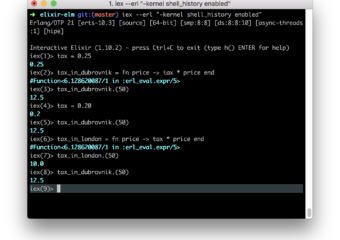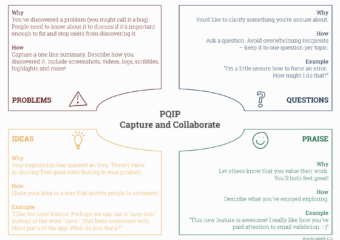Testing From Trenches, Missing Camera Icon Application On iPhone 11Pro
bug advocacy, testing from tranches
TL;DR This post is a bug report for iPhone11 Pro iOS 13.7. When I set that the Camera application is not available on Lock Screen, Camera Application Icon disappears from…












